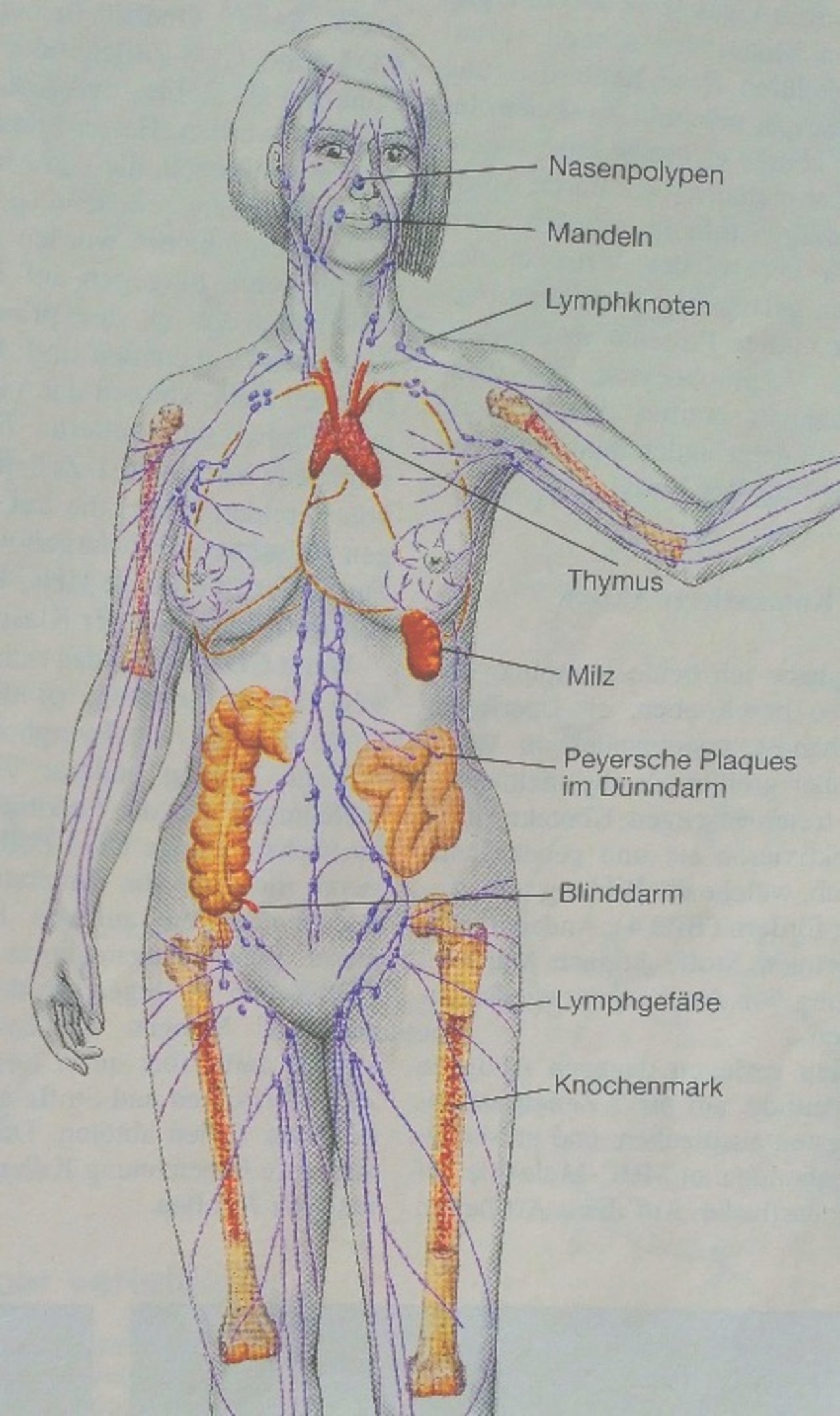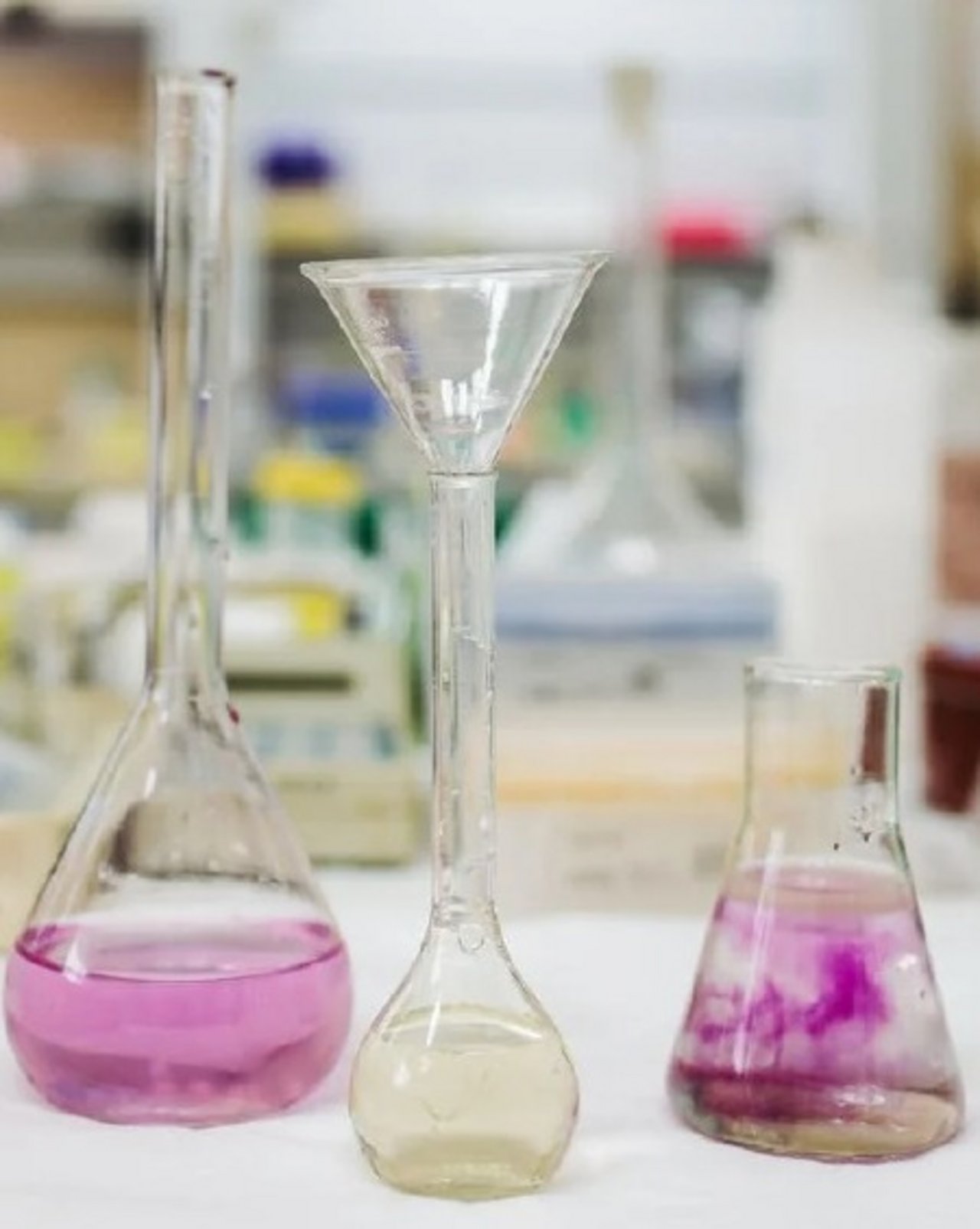



ENVIRONMENTAL MEDICINE
With advancing industrialisation and commercialisation, environmental pollution of soil, air and water is increasing. Not only valuable cultivation areas are contaminated with toxins.
Water (drinking water, rainwater, sea and lake water). In Ghana, drinking water is often stored on roads in the heat in small plastic bags and offered for sale. The heat causes toxic chemicals such as plasticisers to diffuse into the drinking bags.
Allergens such as pollen float in the air and, when coupled with pollutants, are even more reactive and cause acute respiratory problems.
Experts and specialists in environmental medicine are able to show the connections between individual and cumulative effects and their various health impacts.
Caused by, among other things:
Heavy metals
Tyre abrasion
Non-decomposable plastic bags leave behind microplastics
Pharmaceutical residues can lead to hormonal disorders
AIR CONDITIONING SYSTEMS
Bacterial and mould contamination
ON THE TRAIL OF HEALTH
DIAGNOSTICS including an environmental medical questionnaire survey
ANALYSIS using material, dust and/or air samples
EVALUATE by taking into account all available laboratory results
OPTIMIZATION by taking summation effects into account
REMEDIATION by certified specialised companies with subsequent free measurements
Possible causes of complaints
Carpets, parquet sealants, PVC-B flooring and wallpaper may contain substances such as PCP, PCBs, aromatic amides, pyrethroids (moth repellents) or plasticisers such as phthalates.
Many paints and varnishes also contain heavy metal pigments.
Chipboard in interior fittings and furniture often contains formaldehyde or isocyanates; treated wood in furniture, floors and walls is impregnated with lindane or PCP.
Furnishings such as upholstered furniture and mattresses can contain harmful substances.
Microorganisms such as bacteria, mites, moulds and physical parameters (electrosmog) also play their part.
All these pollutants can significantly affect our living conditions. And trigger general symptoms such as headaches, malaise, concentration problems, dizziness, increased tiredness and sleep disorders. They can affect our psyche, our hormone and immune systems and reduce the protective function of our skin.
It is not uncommon for prolonged symptoms to become chronic.
INDIVIDUALITY AND PRE-EXISTING CONDITIONS
The fact that we as human beings are unique in our constitution and genetic make-up and that everyone has their own pre-existing conditions means that even people within the same family react very differently to sources of stress.
It is therefore not surprising that we are surprised by unclear symptoms occurring in adulthood and can rarely attribute them directly to an event. Very few people remember exposures in childhood. Amalgam dental fillers, stays in (holiday) homes painted with wood preservatives and/or exposure to mould etc. p.p. homes.
A detailed and careful anamnesis survey (recording of a history of suffering from memory - medical diary) is carried out before analysing the external (environmental monitoring) and internal (biomonitoring) exposure.
Biological effect monitoring (detection of influences on biochemical processes by toxic environmental chemicals) and susceptibility monitoring (reaction due to genetic defects to environmental toxins) can usefully supplement the range of examinations.
In contrast to classical medicine (listed according to disease forms ICD-10 GM), in holistic, naturopathic medicine people are assessed and treated in their entirety with body, soul and spirit according to existing deficiencies.
In this respect, the methods used for oncological and environmental medicine patients are similar. Strengthening the individual's defences (immune system) and compensating for deficiencies in vital enzymes, minerals, vitamins and other building substances are at the forefront and are an essential part of the therapy.
BIOMONITORING
Biomonitoring refers to the analysis of biological material. After material and room air samples, samples of biological material such as blood, tissue, hair, serum, faeces and/or urine are often taken into consideration in order to be able to initiate targeted therapeutic measures.
If the accumulation of harmful substances in the body is suspected, targeted therapeutic procedures can be initiated using differential-diganostic measures (e.g. the individual detoxification potential available through genetic testing).